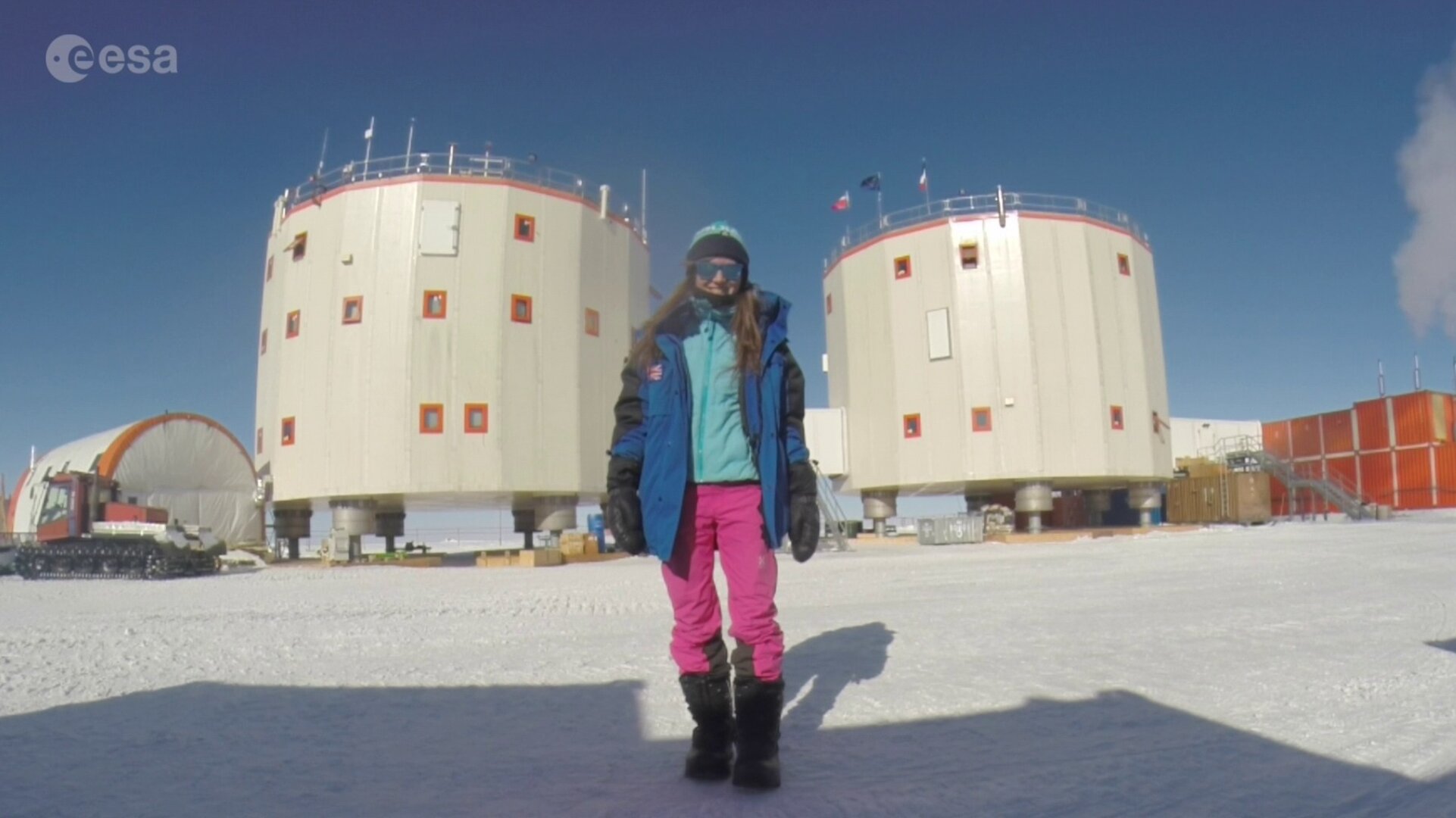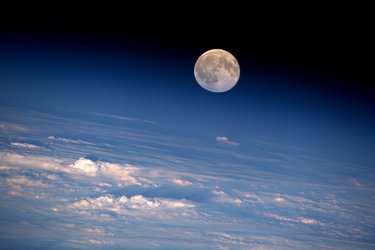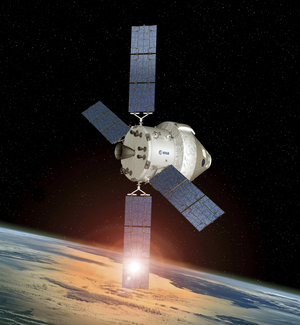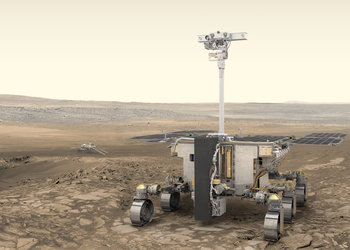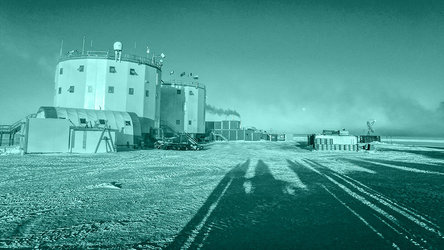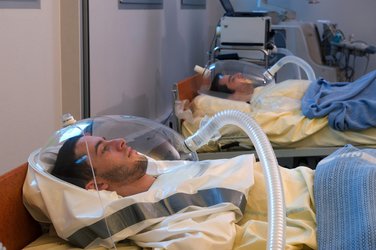Isolation studies in Antarctica
In a secluded part of Antarctica – which is already devoid of much life – lies a small research station called Concordia. Living there is similar to living on another planet. The base is an ideal place to study the effects on small, multicultural teams isolated for long periods in an extreme, hostile environment.
ESA sponsors a medical research doctor in Concordia every winter to study the long-term effects of isolation. Understanding how our bodies and minds adapt to extreme environments will help to overcome the challenges of long flights aboard the International Space Station and beyond.
The Antarctic environment places inhabitants under continuous stress and poses challenges to everyone involved. Lack of regular day–night-cycles and irregular sleeping patterns are factors to contend with in Concordia just as in spaceflight.

How does crew performance and social interaction suffer as morale sinks, sleep is disturbed and stress becomes a factor of daily life?
Questionnaires to assess mood, instruments to monitor sleep patterns and blood sampling to chart bodily reactions are common practice for volunteers at Concordia.
What measures can be taken to keep the crew working together as a team and performing optimally? ESA is looking to answer this question in many areas, from regular exercise to computer aids and sleep-inducing lights. Concordia is even used to research suitable materials for space travel.
Space base pressure
Aside from the effects of isolation and sensory deprivation, Concordia has another trick up its sleeve. The thin air holds less oxygen than at sea level. The crew live in a permanent state of hypoxia – lack of oxygen.
Designing space missions with lower atmospheric pressure is easier for engineers. Similar to commercial aircraft, spacecraft and planetary structures can be lighter if the internal air pressure is lowered. In addition, less time is needed to prepare physically for a spacewalk.

Concordia crewmembers are generally not adapted to living at high altitude with little oxygen. Observing how their bodies adapt gives a good indication to how astronauts will adapt to spaceflight far from Earth.
Living at Concordia is the closest thing on Earth to interplanetary exploration. Studying the effects of isolation here is preparing ESA for the real thing: a mission to Mars.
More on Concordia on the dedicated part of the ESA website.















 Germany
Germany
 Austria
Austria
 Belgium
Belgium
 Denmark
Denmark
 Spain
Spain
 Estonia
Estonia
 Finland
Finland
 France
France
 Greece
Greece
 Hungary
Hungary
 Ireland
Ireland
 Italy
Italy
 Luxembourg
Luxembourg
 Norway
Norway
 The Netherlands
The Netherlands
 Poland
Poland
 Portugal
Portugal
 Czechia
Czechia
 Romania
Romania
 United Kingdom
United Kingdom
 Slovenia
Slovenia
 Sweden
Sweden
 Switzerland
Switzerland


























